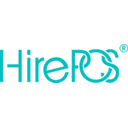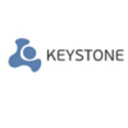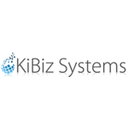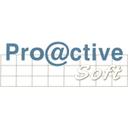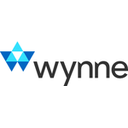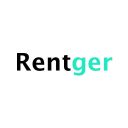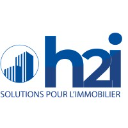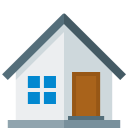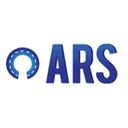Property management software: purchase guide
A complete guide to property management software
Property management software is a valuable tool to save time. Property management cab be time-consuming, especially if you have several properties to manage. Whether you are a property manager or a landlord, it is in your interest to work with property management software to reduce the risk of errors and track your files more easily.
What is property management software?
Property management software is an assistant designed to facilitate the procedures related to real estate management. From managing inventories to following up unpaid rents and managing security deposits, there are lots of procedures that you need to keep track of. Property management software are designed to help you with them.
What are the features of property management software?
To support you in the day-to-day management of real estate, property management software allows you to:
- Print lease contracts, rent receipts or payment receipts;
- Increase rent amounts according to the arrival and departure dates of the tenants;
- Manage the payment of VAT;
- Adjust the rent amount according to different and updated indices;
- Automatically calculate the annual rent adjustment or have the option to do it manually;
- Collect rents and pay landlords;
- Point out unpaid rents and make a reminder;
- Lower rents according to the monitoring of the work carried out by the tenant;
- Calculate the rental or co-ownership charges and the distribution according to the lots;
- Preparing tax returns and bank reconciliations;
- To export the data in order to use them in Word or Excel.
Why should you use property management software?
It is very easy to make mistakes when managing real estate. You have a lot of administrative procedures to carry out and information to take into consideration when managing properties. However, with property management software, you can:
- Save time monitoring rents that have not been paid;
- Keep track of payments (receipt requests, appointments for an inventory of fixtures, entry or exit dates);
- Organize all of your documents with automated file classification and the possibility to have all the information on a tenant in a few clicks;
- Send letters or message more frequently by using templates (a reminder of unpaid bills, appointment request, mail for rental charges...);
- Keep track of tax rates and regulations;
- Have a more global vision of rented or vacant properties in order to optimize your real estate rentals.
Cloud-based property management software vs in-house?
Both types of property management software have advantages and disadvantages. It also depends on how you will use it.
- The software in SaaS (Software As A Service) is online and therefore accessible from all workstations as soon as you have an Internet connection. In-house software will only be usable from your company's computers.
- In-house software is more secure because the data is stored on your server and not on an online server.
- If the SaaS software company is shutting down, you will have more difficulty recovering all your data and risk losing all your files. The work will have to be done again.
- On the other hand, updates of current laws and indexation rates are automatically performed for SaaS software solutions.
- If you choose the in-house, remember to check whether it is single-user or multi-user so that your employees can also use the software on their own computers.
Before you start and choose one of the property management software, we invite you to test the different offers and compare them. Some software also includes accounting management functions, but your company may not need them. It is important to fully understand the needs and expectations of your business or yourself if you are a landlord.
